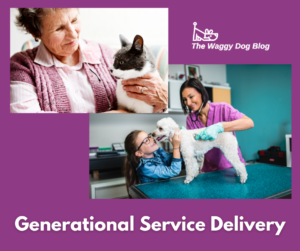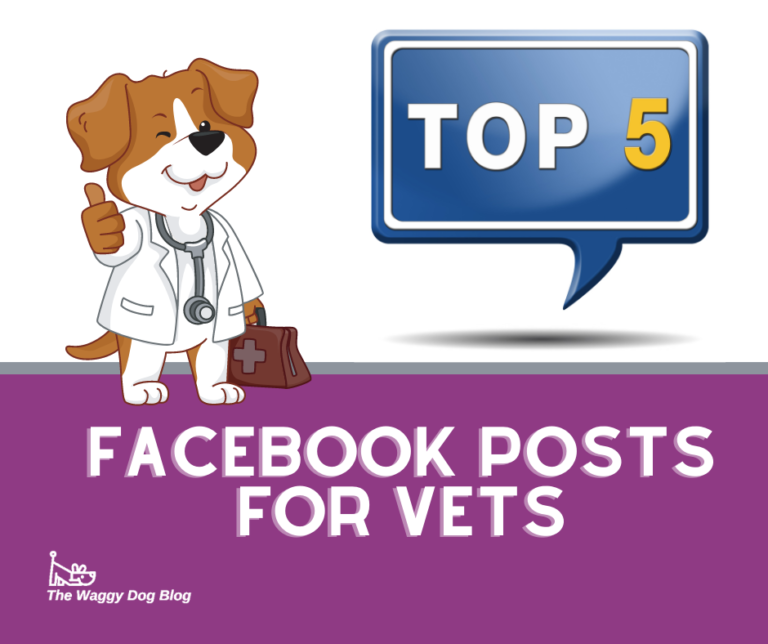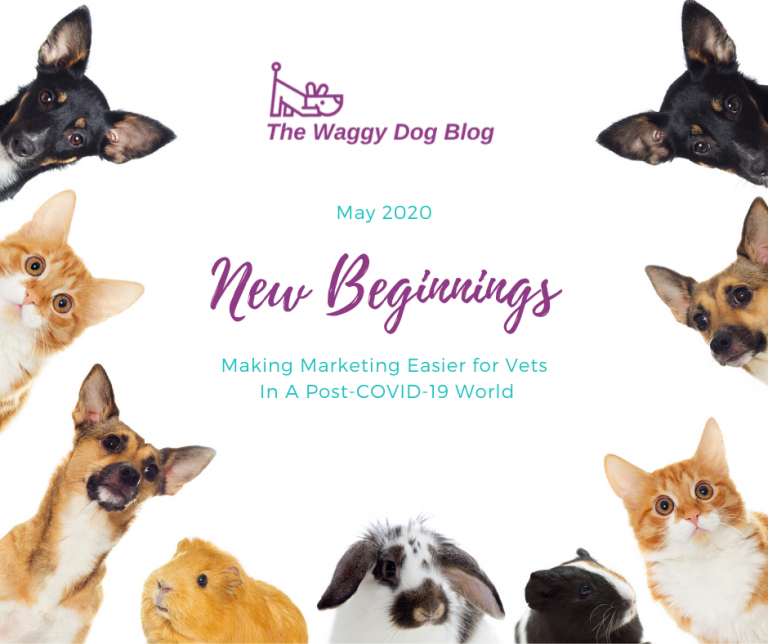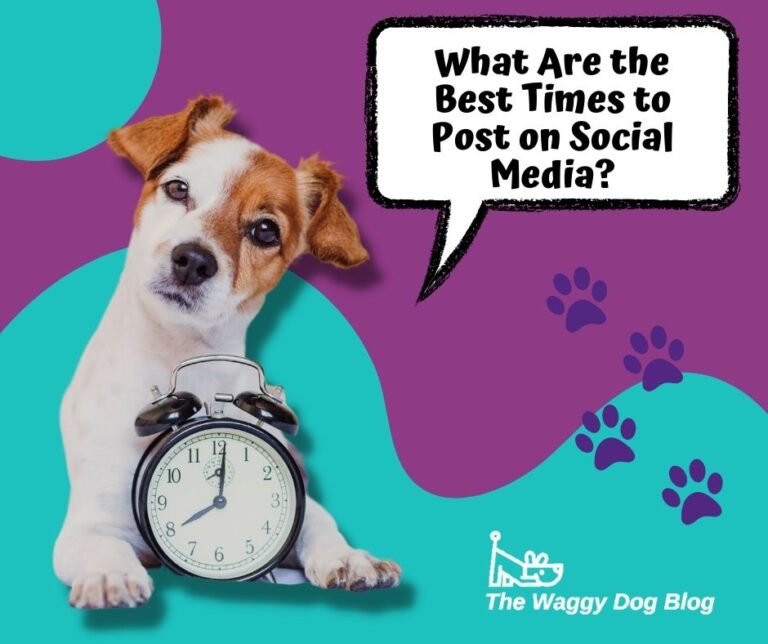 I noticed recently that I intuitively change my communication style when speaking to different generations of people. For example when addressing an elderly person I automatically switch from using their first name to a more formal ‘Mr’ or ‘Mrs’.
I noticed recently that I intuitively change my communication style when speaking to different generations of people. For example when addressing an elderly person I automatically switch from using their first name to a more formal ‘Mr’ or ‘Mrs’.
That got me thinking. How else do I adapt my language and conversational tone between different generations of customers? And why should it matter?
We want to be relatable. When we talk their language and match their demeanour it demonstrates that we are listening and that we understand. Reflecting the norms and values of a particular generation shows respect and helps enormously with building rapport and client loyalty.
Senior Citizens
I adore talking to older people! They have more time to talk and surprisingly I’ve found that on the whole they are open to being educated. They have that old-fashioned trust that ‘the vet knows best’ but that also means that they are sometimes too afraid to ask questions.
- Speak slowly and clearly and pause frequently to allow for questions – especially on the phone. Elderly people can often be hard of hearing and some are too embarrassed to make you repeat yourself.
- Defer to older people as ‘Mr’ or ‘Mrs’. There’s no right or wrong here, but they will appreciate it. Use their pet’s name frequently too.
- Prepare for financial objections but take the time to break down costs. A refusal is not always due to lack of funds, but a lack of understanding about what they are paying for. Offer payment plans and discounts for pensioners.
- Offer to follow up with a phone call. Not all older people are internet savvy and many don’t use email. A follow up call will also give them time to assimilate what you have told them without having to make a decision on the spot.
- Customer courtesy – take the time to assist an older client and their pet to and from their car, open doors for them and ensure that seating is available.
Children
Children are so full of questions and easily distracted. When kids accompany their parents and pets into the consult room it’s a great opportunity to educate them about responsible pet ownership and to build rapport with the family, however it can also be disruptive!
- Set up a small table and chairs with colouring books – either in reception or in the consult room if you have enough space. You could even host a colouring competition with prizes.
- Get children to ‘help’. For example you can ask them to talk to their pet to distract them while you are administering a vaccination.
- Create a Kids Corner activity centre on your website, with information downloads, projects and pet photos.
- In the interests of time it’s not always possible to answer a million questions from a curious child. Offer to send some email information to Mum that they can look at together later.
…and everything else in between
And then we have Gens X, Y and Z. There really isn’t much variation in communication styles within these groups (for vets anyway) however there are some points to note.
- Generation Xers prefer to speak via phone, email or text.
- Generation Yers (Millenials) prefer to send a text or private message.
- Social media is a form of preferred communication between these generations and their service providers. This is an area where different generations may have vastly different ideas about what is acceptable. Some clients will now reach out via Facebook Messenger rather than pick up the phone to speak to somebody.
While it may be tempting to overlook generational differences in our customer base, it’s better to acknowledge and embrace them. Use them as tools and encourage your team to use these variances as a chance to learn and grow.
I hope this information is helpful for you in your practice and in your everyday communications. I still phone my 91 year old Aunt every Sunday and our conversations are one of the highlights of my week!




